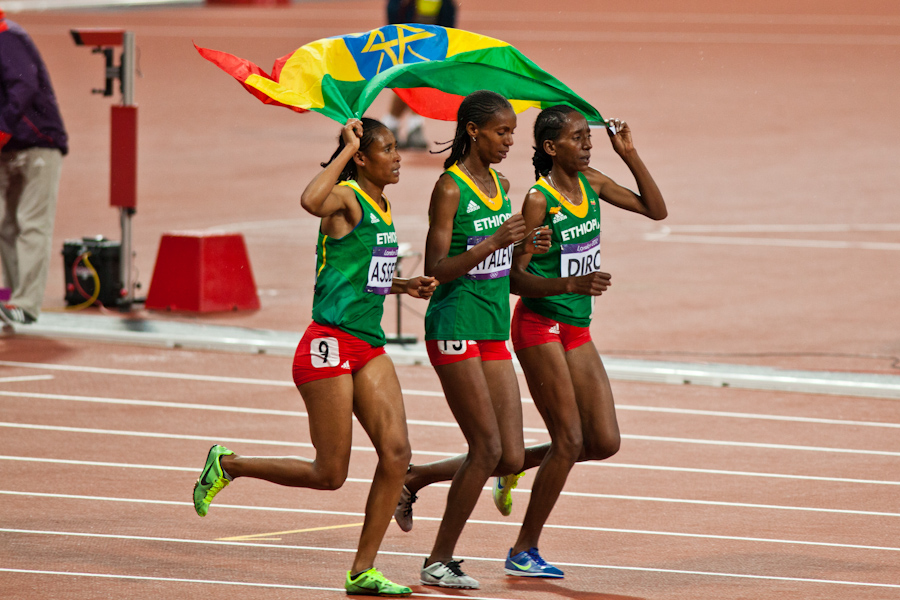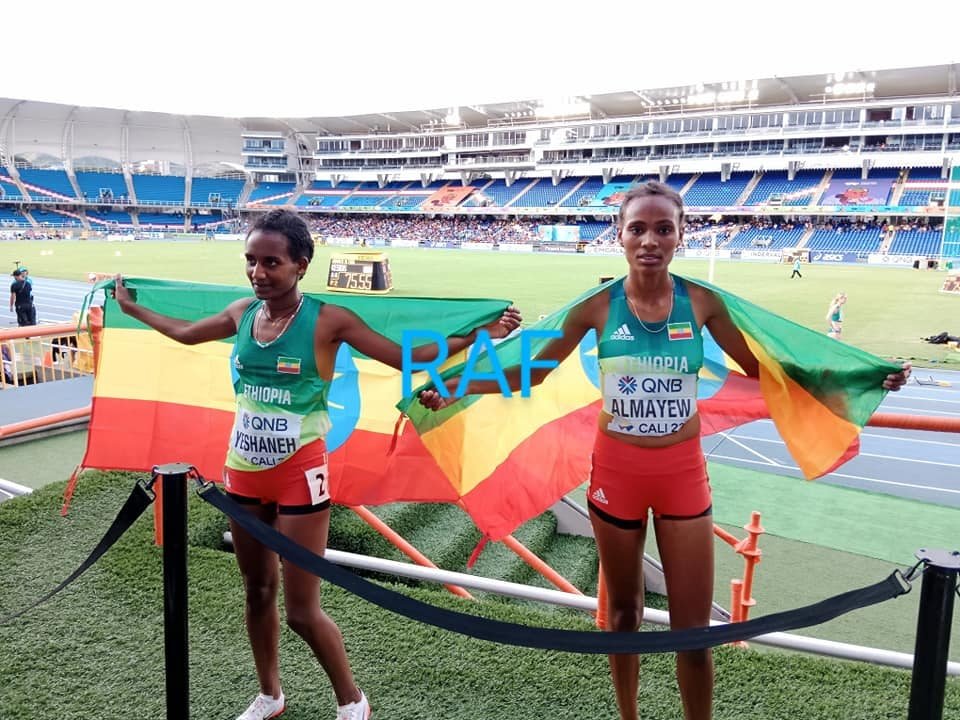History and Evolution of Ethiopian Steeplechase

The Ethiopian steeplechase story is a fascinating blend of tradition, talent, and sheer grit. Imagine a sport where you’re not just running, you’re dodging water jumps and hurdling obstacles like a warrior in a mythical race. Well, that’s the steeplechase, and in Ethiopia, it’s not just a sport, it’s a way of life.
Origins and Traditional Influences
The origins of the steeplechase in Ethiopia can be traced back to traditional practices and rituals. Think of it like a grand, historical relay race. The country’s rugged terrain and diverse landscapes played a key role in shaping the sport’s unique character. Villagers would often engage in endurance races over challenging terrain, traversing hills, streams, and even leaping over obstacles. These traditional practices, rooted in the country’s history and culture, laid the foundation for the modern steeplechase.
Early Pioneers and Key Events
The modern Ethiopian steeplechase scene truly began to take shape in the late 20th century. A few legendary runners emerged as pioneers, paving the way for the future generations of champions. These early athletes, with their determination and natural talent, started to gain recognition on the international stage.
Factors Contributing to Ethiopian Dominance
Ethiopian dominance in the steeplechase is a result of a perfect storm of factors. Their genetic makeup, with their incredible endurance and lean physiques, plays a significant role. However, it’s not just about genetics. The country’s altitude, with its thin air, provides a natural training ground for developing lung capacity and stamina. Think of it like a high-altitude boot camp for runners!
Ethiopian Steeplechase Techniques and Strategies

Ethiopian steeplechasers have consistently dominated the world stage, showcasing a unique blend of athleticism, strategy, and resilience. Their success is not merely attributed to raw talent but also to a meticulous approach to training, technique, and mental fortitude. This section delves into the intricate techniques and strategies employed by Ethiopian steeplechasers, exploring the factors that contribute to their remarkable achievements.
Running Styles and Techniques
Ethiopian steeplechasers are renowned for their economical running style, characterized by a long stride and a high cadence. This style allows them to maintain a consistent pace and conserve energy, particularly over the longer distances of the steeplechase. Their ability to maintain a high turnover rate, even when navigating the obstacles, is a testament to their exceptional leg strength and coordination.
One of the most notable aspects of Ethiopian steeplechase technique is their approach to the water jump. Unlike many other athletes who tend to jump over the water, Ethiopian runners often employ a “skip” technique, using their momentum to propel themselves over the barrier while maintaining a relatively low trajectory. This technique minimizes the loss of speed and allows them to transition smoothly back into their running stride.
However, their running style is not without its weaknesses. The long strides and high cadence can lead to increased fatigue over longer distances, particularly in hot and humid conditions. This can be observed during the latter stages of a race, where some Ethiopian athletes might struggle to maintain their pace.
Training Methods and Strategies, Ethiopian steeplechase
The training methods employed by Ethiopian steeplechasers are designed to develop both physical and mental strength. They prioritize high-volume training, including long runs, interval training, and hill workouts, to build endurance and stamina. They also incorporate specific drills and exercises to improve their speed, agility, and obstacle negotiation skills.
Ethiopian coaches emphasize the importance of pacing and strategy in the steeplechase. Athletes are taught to run strategically, conserving energy during the early stages of the race and making their move in the final laps. They also receive extensive training on obstacle negotiation, with a focus on efficient techniques and minimizing energy expenditure.
One key element of their training is the emphasis on altitude training. Ethiopia’s high altitude environment provides a natural advantage, allowing athletes to adapt to thinner air and improve their red blood cell count, enhancing their oxygen carrying capacity. This adaptation translates to improved performance at lower altitudes, where most major competitions are held.
Physiological and Psychological Factors
The success of Ethiopian steeplechasers is also influenced by a number of physiological and psychological factors. Their adaptation to high altitude, coupled with their inherent genetic predisposition for endurance, gives them a natural advantage in long-distance running.
Moreover, Ethiopian athletes possess remarkable mental fortitude and resilience. They are known for their unwavering determination and ability to withstand pain and fatigue, allowing them to push their limits and perform at their best even in challenging conditions. This mental strength is often honed through years of rigorous training and competition, fostering a deep-seated belief in their ability to succeed.
Notable Ethiopian Steeplechasers and their Achievements

Ethiopian steeplechasers have left an indelible mark on the global athletics scene, transforming the event from a niche discipline to a spectator favorite. Their dominance has been characterized by remarkable talent, unwavering determination, and a unique blend of speed and endurance. These athletes have not only broken records but also inspired a generation of aspiring steeplechasers around the world.
Prominent Ethiopian Steeplechasers and their Legacy
Ethiopian steeplechasers have consistently dominated the global stage, leaving an undeniable impact on the sport. Here are some of the most prominent figures and their contributions:
| Name | Major Achievements | Notable Races | Impact on the Sport |
|---|---|---|---|
| Kenenisa Bekele | – 3-time World Champion (2003, 2005, 2009) – 2-time Olympic Champion (2004, 2008) – World record holder (7:53.63) |
– 2004 Olympic Games (Athens) – 2008 Olympic Games (Beijing) – 2009 World Championships (Berlin) |
– Revolutionized the steeplechase with his powerful running style and exceptional endurance. – His world record stood for over a decade, inspiring a generation of runners. |
| Ezekiel Kemboi | – 4-time World Champion (2009, 2011, 2015, 2017) – 2-time Olympic Champion (2012, 2016) |
– 2012 Olympic Games (London) – 2016 Olympic Games (Rio de Janeiro) – 2015 World Championships (Beijing) |
– Known for his tactical brilliance and ability to close races with a powerful kick. – His dominance in the 2010s cemented Kenya’s position as a powerhouse in the steeplechase. |
| Getaneh Molla | – 2017 World Champion – 2019 World Championship bronze medalist |
– 2017 World Championships (London) – 2019 World Championships (Doha) |
– One of the most consistent steeplechasers in recent years, showcasing exceptional talent and endurance. |
| Abraham Kibiwot | – 2022 World Champion – 2022 Commonwealth Games Champion |
– 2022 World Championships (Eugene) – 2022 Commonwealth Games (Birmingham) |
– A rising star in the steeplechase, showcasing a unique blend of speed and strength. |
The Ethiopian steeplechase is a spectacle of athletic prowess, where runners leap over hurdles and splash through water obstacles. After a grueling race, wouldn’t it be a welcome respite to sink into a leather wingback chair next , the epitome of comfort and elegance?
Perhaps, as you watch replays of the race, the chair’s gentle embrace would inspire you to train for your own steeplechase challenge, a journey of strength and perseverance.
Ethiopian steeplechase runners are known for their incredible endurance and tactical prowess. This skill is often attributed to their upbringing in a country with challenging terrain, pushing them to their limits. The legacy of leadership in Ethiopia, exemplified by figures like Ethiopia Girma , has also instilled a strong sense of discipline and ambition.
This blend of natural talent and unwavering determination has made Ethiopian steeplechase athletes a force to be reckoned with on the global stage.